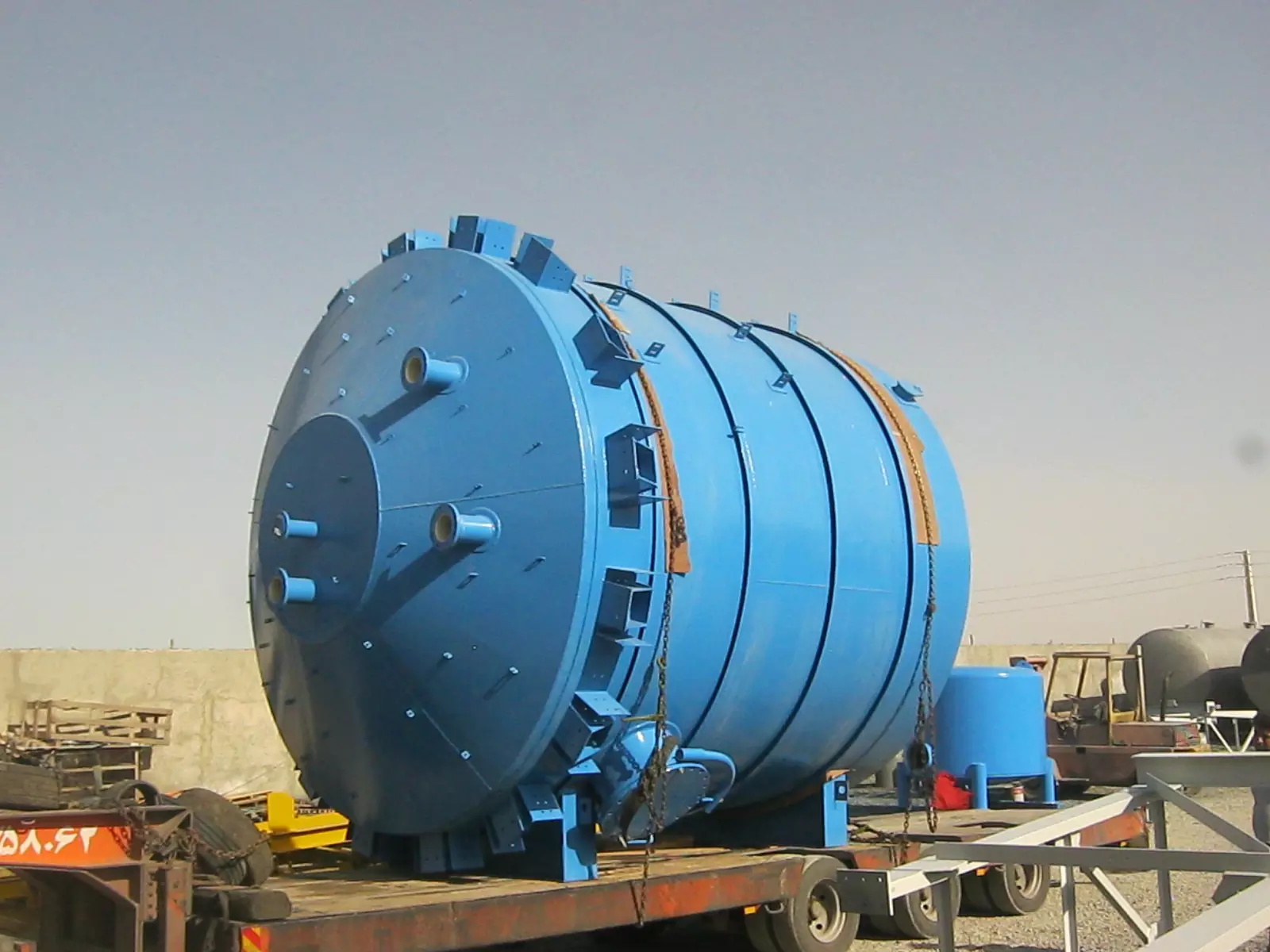Carbon filter
Carbon filter or activated carbon is one of the common methods in water and wastewater treatment systems, which is based on the absorption of organic matter in water by activated carbon. Removing the turbidity, odor and taste of water is one of the main tasks of activated carbon filters and therefore is widely used in domestic water treatment systems, swimming pools and even industrial wastewater treatment.
What is a carbon filter ?
The presence of organic matter in water, all of which have a carbon structure, has a negative effect on its quality and greatly affects its turbidity, odor and taste. Carbon filter or activated carbon filter due to the presence of activated carbon in reaction with organic matter and immediately absorb organic matter and cause a large amount of contaminants in the water to be removed. The instantaneous bonding of solids in water with the outer surfaces of the activated carbon filter is the main reason for the adsorption of organic matter by these filters.
Water treatment method with activated carbon filter
The general structure of water purifiers that operate with activated carbon filters includes a tank, inlet valve, silica, activated carbon and outlet valve. The body of the activated carbon filter is often made of steel, carbon steel with epoxy paint or FRP. Water with PH at the neutral surface of the inlet valve enters the tank and loses organic matter by passing through the carbon layers, and finally by passing through the silica suspended solids are removed and the water is clear and without smell, taste and color of the milk. The output is transferred out of the tank.
The important point in making carbon filters is that in addition to activated carbon, these filters also use silica, which has a very important role in absorbing suspended solids in water. First, a layer of silica is placed and covered with carbon. The passage of suspended particles and the adsorption of organic matter by carbon filters over time causes a kind of jelly layer to form on it, which greatly reduces the performance of the filter. Therefore, it is necessary to clean and regenerate the filter by various methods, such as backwashing with backwash.

Types of carbon filters
Carbon or activated carbon filters are divided into different groups according to the type of carbon and its particle size, which are:
Granular Activated Carbon Filter
Powdered Active Carbon Filter
The carbon block filter (Active Carbon Filter Block)
Application of activated carbon filter
The high absorption power of organic matter and the removal of opaque color and odor and unpleasant taste of water with the help of carbon filters has made its application very wide. Applications of activated carbon filter include the following options:
Carbon filter in drinking water treatment
Reverse osmosis pretreatment
Pool water purifier
Industrial wastewater treatment

Advantages of water purification with carbon filter
Activated carbon filters are widely used in water purification systems for several reasons, the most important of which are the following:
Remove color, odor and taste in water
Removal of chlorine, benzene, radon, THM compounds
Remove H2S water
Easy and cheap installation and maintenance
Easy washing by backwash method
Activation methods of activated carbon filter
Like other water and wastewater treatment equipment, activated carbon filters will eventually lose their efficiency due to high absorption of organic matter. As a result, it is necessary to take the necessary measures to revive them. In general, two methods of back wash and reverse steam flow are used for this purpose. The movement of water in the opposite direction of the filter causes a large volume of jelly material deposited on silica and carbon to be removed from the surface and transferred out of the tank. In the reverse steam flow method, the carbons are in contact with the steam for 30 minutes and are regenerated.




